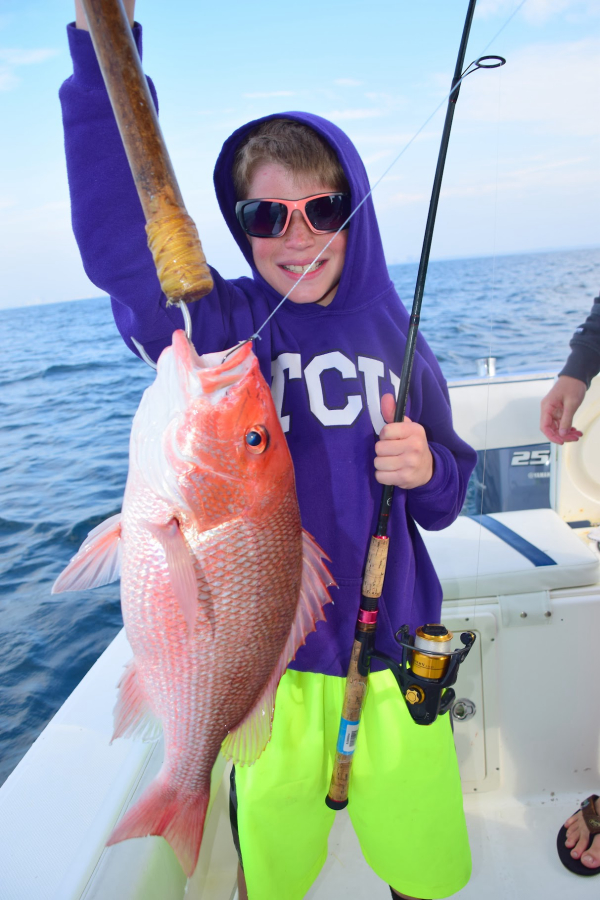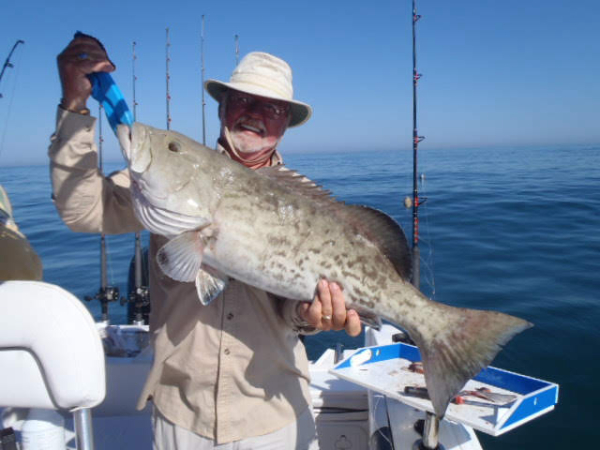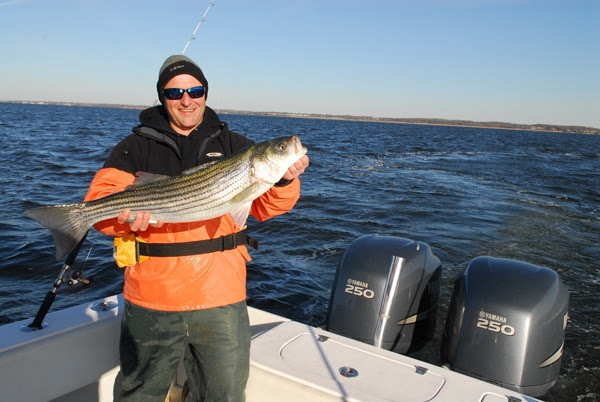By Frank Sargeant
Frankmako1@gmail.com
It’s no easy matter to figure out how many anglers are using U.S. coastal waters or what impact those anglers are having on the various fish species. While most coastal states now have saltwater fishing license requirements, there’s no telling how many times an individual goes fishing or what they catch when they do go.
This is a big challenge for the people charged with managing the coastal fisheries, both state and national. If they can’t tell how many fish we sport fishers are taking, they can’t judge the impact we are having on the resource.
Some coastal anglers are there to catch dinner, and every legal fish they catch goes in the cooler. Others are strictly there for the sport, releasing everything they catch. And most of us fall somewhere in between—flounder and snapper go in the cooler, and maybe we release the snook and reds for the most part.
While none of us have the impact that a commercial fisher with their much more efficient gear can have on any fishery, the combined impact of millions of us each taking a few fish can be huge on species that are not highly abundant.
Red snapper are sort of the poster child of this in the southeast, striped bass in the northeast and the various species of salmon on the Pacific Coast. All of them are subject to heavy fishing pressure both from commercial and recreational fishers.
NOAA Fisheries is tasked with figuring out how many fish are harvested and how to keep the fisheries healthy, that is at the highest level of production. Commercial harvesters are required to report their catches and are taxed on their earnings from the harvest so NOAA has a pretty good handle on how many fish they are taking, despite a few outlaws here and there.
Recreational fishers, us, on the other hand, are impossible to accurately assess. There’s no reporting requirement except for red snapper, which are the most closely monitored of all fish in the southeast because of their high valuation by both commercial and recreational fishers. Most states now require smart-phone reporting of red snapper catches before you leave the water, resulting in a very accurate assessment except for the limited number who dodge the regulations, at the risk of considerable fines.
All this said, NOAA Fisheries has just released a statement on their latest effort to count our catch, which to their credit admits up front that the system overestimates fishing effort. More effort means more catches in the fisheries statistics world.
So what they’re saying is that, if they use the newly designed system, they will overestimate how many fish we catch and consequently shut us off sooner on federal water species like red snapper and the various grouper and other reef species.
Since the federal regulators control fishing all waters over 3 nautical miles offshore on the oceanic coasts and 9 nautical miles offshore in the Gulf of Mexico, this has a large impact on the multi-billion-dollar recreational coastal fishery.
The surprisingly good thing about the most recent report—read it here—is that the folks at NOAA appear very willing to re-engineer their effort to more closely fit reality, something that they have not been willing to do at times in the past.
Dr. Evan Howell, director of NOAA Fisheries’ Office of Science and Technology, is the scientist at the wheel of this effort.
“The findings from this limited pilot study should not be taken as a final answer, and the results cannot be generally applied to all fisheries and fishing areas,” said Howell. “We have to do our due diligence in conducting a full-scale study.”
In any case, a larger study is in the works and if you fish for saltwater species in federal waters, you might very well be among the anglers sampled in the upcoming study, likely to be conducted in 2024.
NOAA Fisheries is doing what it was designed to do, which is to make sure we don’t wipe out our coastal fish. So our cooperation is a must, but as usual with any well-intentioned effort from the federal government, it will be wise for those who are actually out there on the water to keep a sharp eye on the processes developed by researchers who spend most of their time ashore, and to make prompt, accurate and reasoned input to help get it right.

Red snapper are the most closely regulated saltwater fish in the Southeast, with tight harvest rules in both state and federal waters. (Florida FWC)

Gag grouper are another fish found primarily in federal waters, where the system for measuring recreational harvest is a challenge. (Frank Sargeant)

Striped bass are heavily fished in the northeast, and overharvest has depleted their numbers at times in the past. Regulations are aimed at maintaining healthy populations. (Yamaha Marine)